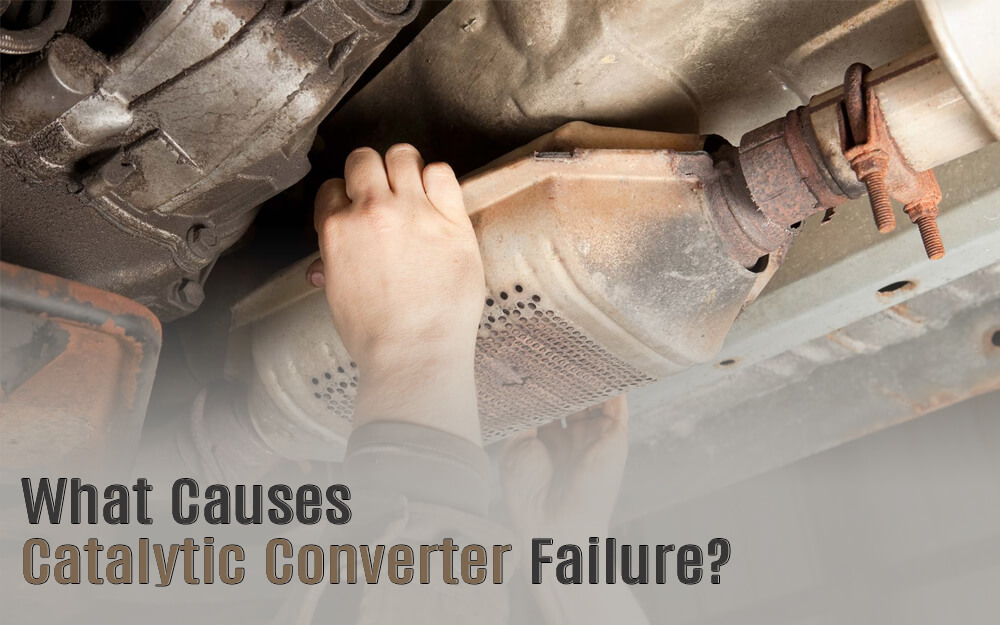With regards to vehicle parts, the most commonly and most easily damaged part tends to be the exhaust pipe, which more often than not breaks down due to constant heat or due to rust and weathering. Thankfully, most exhaust pipes are tough enough that the most amount of damage they get are holes. Holes tend to be of varied sizes, or one ridiculously large hole near the engine block, in the mid-section or at the furthest end of the tailpipe.
While for some folks this may curtail a much needed and immediate replacement of the exhaust pipe, there are ways to temporarily fix holes in exhaust pipes which do not necessitate costly replacement. In fact, some exhaust pipe repairs can be done right in the comfort of your own garage, and can even be a nice do-it-yourself project for the weekend until you can afford to take your vehicle into an exhaust centre. The steps on how to temporarily fix a hole in an exhaust pipe are quite simple and can be undertaken by even the most inexperienced DIY mechanic or repair-person.
Of course, there are certain things that you will need to go about repairing your exhaust pipe on your own, and this will serve as a quick guide on how to go about it.
A Quick Guide On How To Temporarily Fix A Hole In Your Exhaust Pipe
Fixing your exhaust pipe in the comfort of your own garage can be done, although there are some tools, tricks, and safety precautions that you should keep in mind. First of all, it is prudent to begin your repairs when the exhaust pipes and underbelly of the vehicle has sufficiently cooled down. While you may be tempted to work with your car in a truly ‘cold’ state, it is more advisable to try and apply either muffler repair tape or muffler repair putty while the exhaust pipe is still little warm. Why is that?
This allows for easier bonding of the material to the exhaust pipe’s ‘base’ material. Most of these easy DIY epoxy fixes for exhaust pipes often require some degree of heat to fully bond with the pipe material in need of repair. Although these types of epoxies are, in and of themselves easily workable, it is often advised to actually start your vehicle and heat it up for maximum bonding. Of course, basic rules of thumb necessitate that you clean the surface of your exhaust pipe thoroughly before attempting to repair any holes.
With respect to very large holes, using something as simple as a steel wire mesh that can cover the hole about 2 inches all around it, and then tacking it in place with exhaust repair epoxy is the first step. Then, once the epoxy has fully dried, you can then liberally wrap the pipe with exhaust tape to cover the steel wire mesh. Temporarily repairing a muffler in this way is not for everyone, and that’s ok. A professional exhaust centre Melbourne can easily repair your muffler for you, permanently, so you don’t have too. For more information about muffler repairs, please contact: http://www.trufitexhaust.com.au
Main Source: This Post “How To Temporarily Fix A Hole In An Exhaust Pipe?” appeared first on “Mufflers & Exhaust Systems“


